Access Point Views, Ports, and Connectors
Cisco Catalyst 9124AX Series Outdoor AP has multiple options that you can use to power the AP or join the AP to the controller. For information about connectors and ports for the AP models, see Connectors and Ports on the AP.
 Note |
The illustrations in this document show all the available connections for the AP. The connector plugs seal the unused connection ports to ensure that the AP is watertight. Liquid-tight adapters are provided for connector openings. You can install the adapters before or after deploying the AP. |
Connectors and Ports on the AP
The following illustrations show the different connector and port options available on the base and sides of the AP.
C9124AXI and C9124AXD Connectors and Ports on the Base
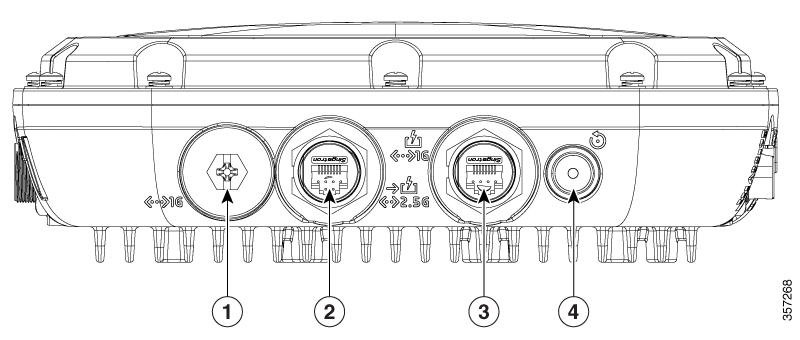
|
1 |
SFP port for uplink1. The SFP port only supports DC power IN. If the port is not used, do not remove the covering plug. Otherwise, it might lead to water leaking into the AP |
3 |
1 Gig PSE (PoE-OUT) Ethernet Port |
|
2 |
2.5G mGig PD (PoE-IN) Ethernet port |
4 |
Reset / Status LED |
 Note |
Using SFP port for uplink uses wired0 MAC address as the source-MAC even though the packets get routed out from the wired1 interface. So all data packets going out of the AP, including the 802.1x packets use the wired0 MAC address. The only exception is the CDP and LLDP packets that would use the wired1 MAC address as the source-MAC. |
C9124AXE Connectors and Ports on the Top
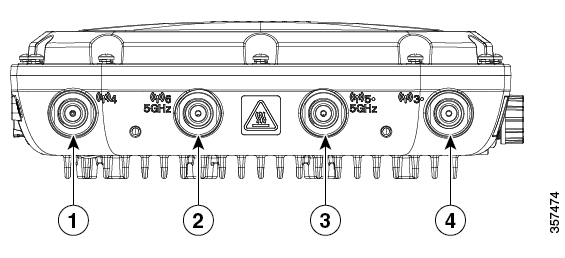
|
1 |
Port 4 Connector Type: N–Female bulkhead |
3 |
Port 5 This port supports 5-GHz antenna only. This port supports SIA with 5-GHz band only. Connector Type: N–Female bulkhead |
|
2 |
Port 6 This port supports 5-GHz antenna only. Connector Type: N–Female bulkhead |
4 |
Port 3 This port supports SIA. Connector Type: N–Female bulkhead |
C9124AXE Connectors and Ports on the Base
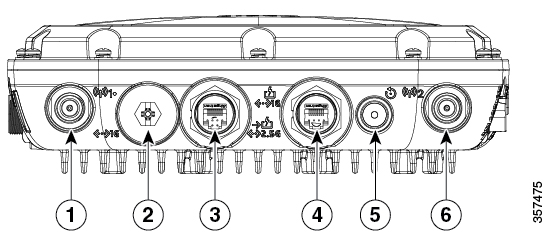
|
1 |
Port 1 This port supports SIA. Connetor Type: N–Female bulkhead |
4 |
1 Gig PSE (PoE-OUT) Ethernet Port |
|
2 |
SFP port for uplink2. The SFP port only supports DC power IN. If the port is not used, do not remove the covering plug. Otherwise, it might lead to water leaking into the AP |
5 |
Reset/Status LED |
|
3 |
2.5G mGig PD (PoE-IN) Ethernet port |
6 |
Port 2 Connetor Type: N–Female bulkhead |
 Note |
Using SFP port for uplink uses wired0 MAC address as the source-MAC even though the packets get routed out from the wired1 interface. So all data packets going out of the AP, including the 802.1x packets use the wired0 MAC address. The only exception is the CDP and LLDP packets that would use the wired1 MAC address as the source-MAC. |
Connectors and Ports on the Sides

|
1 |
Console Port |
|
2 |
Grounding Pad |
|
3 |
DC Power In |




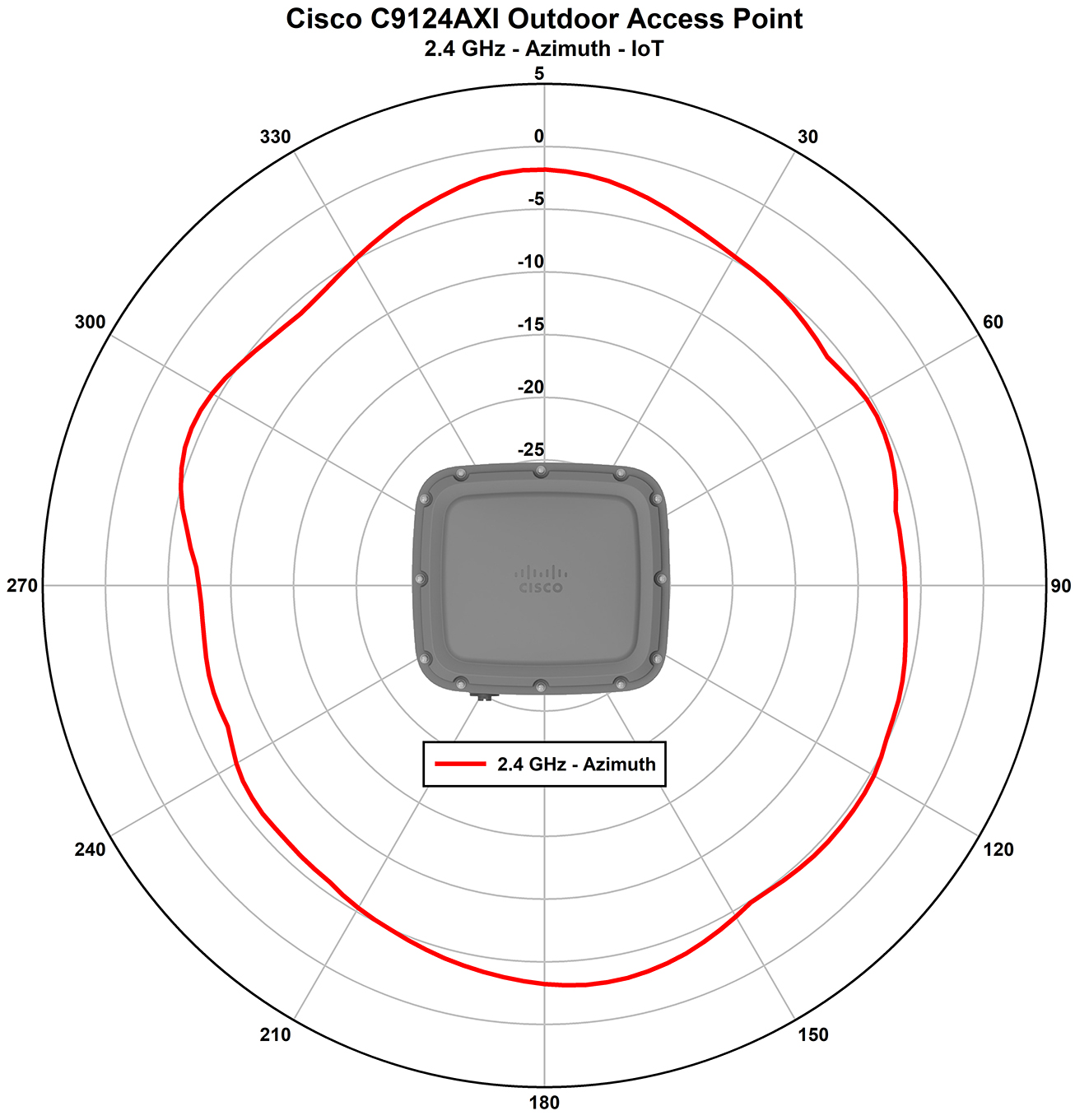
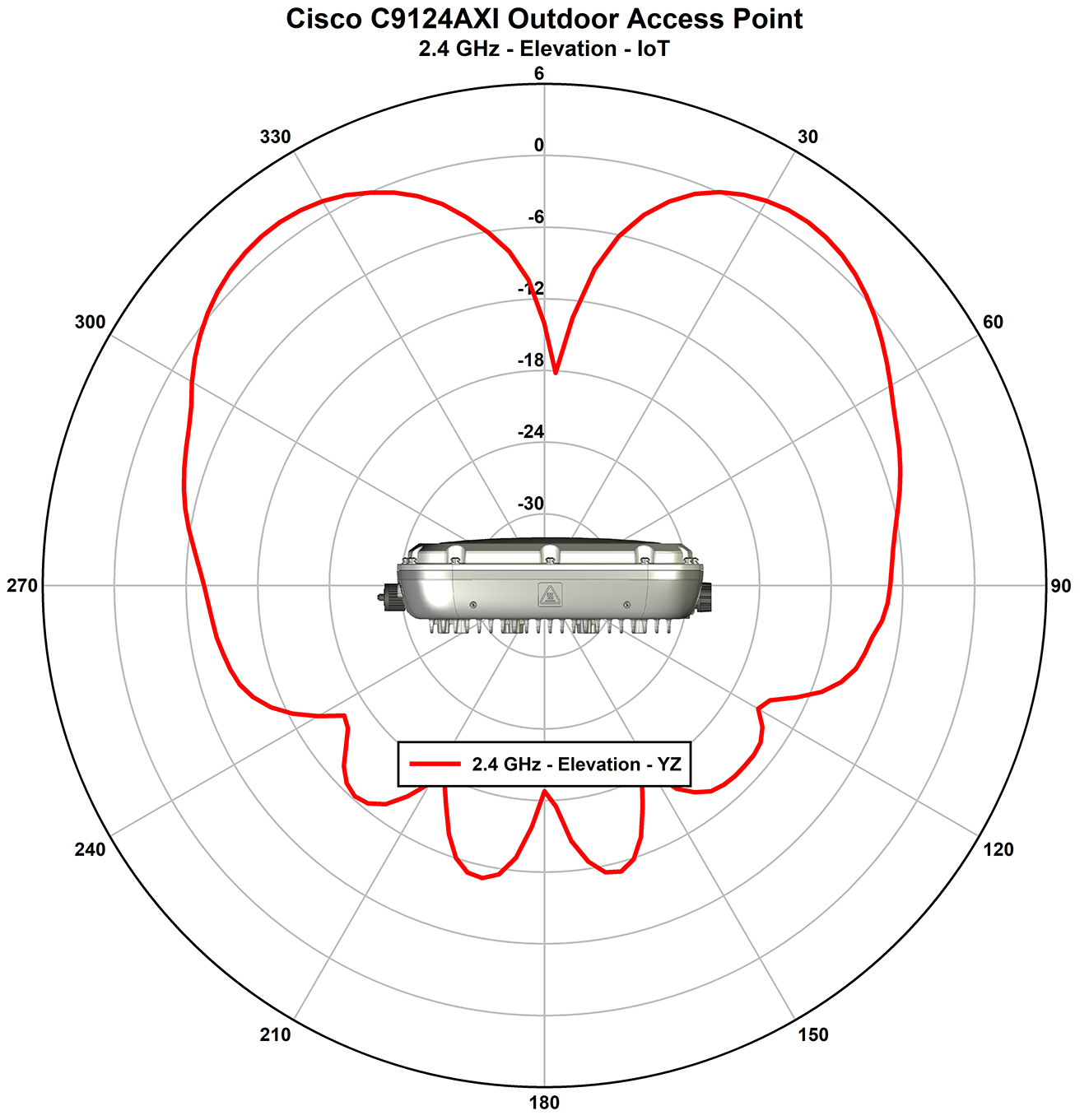
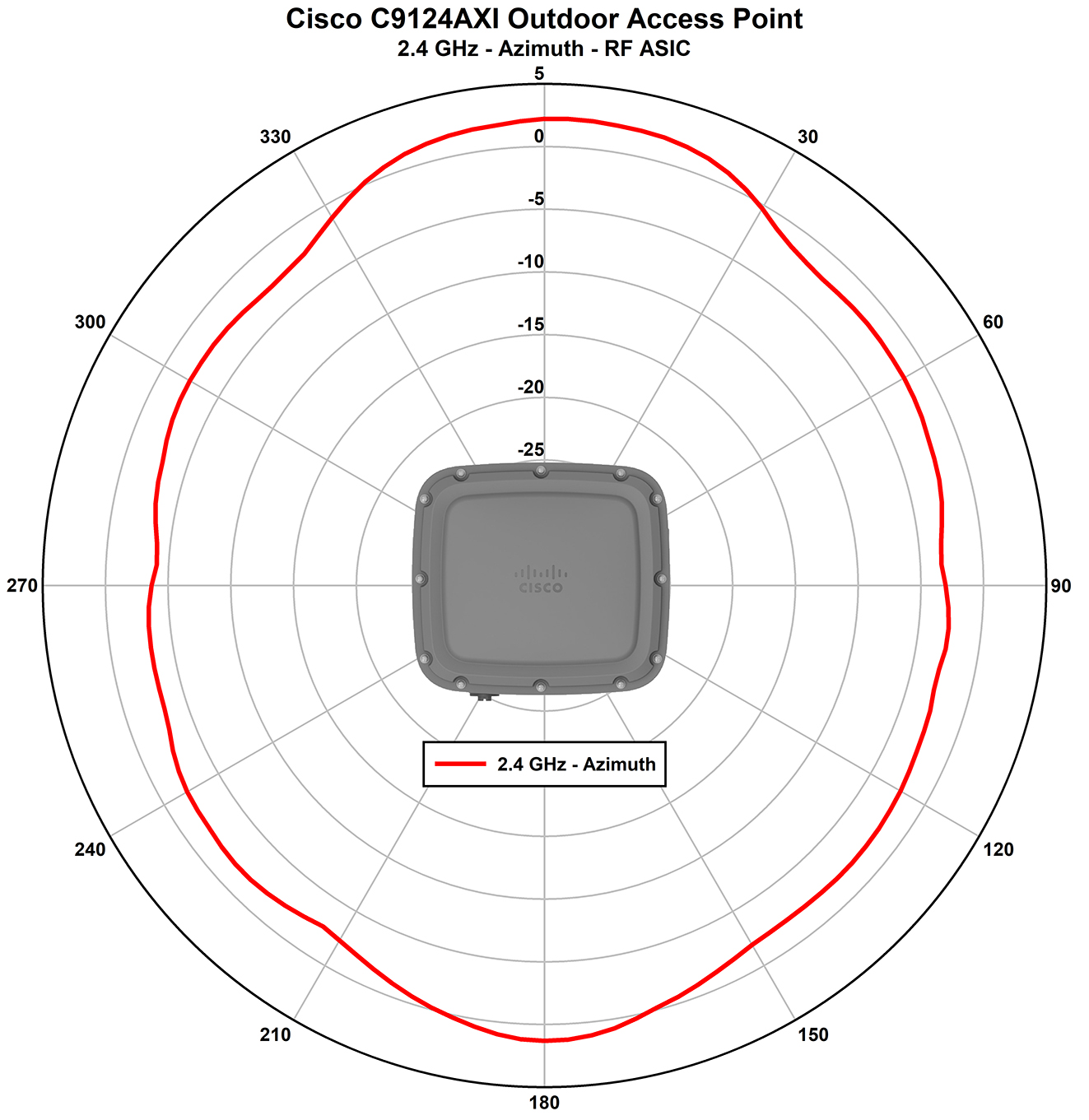


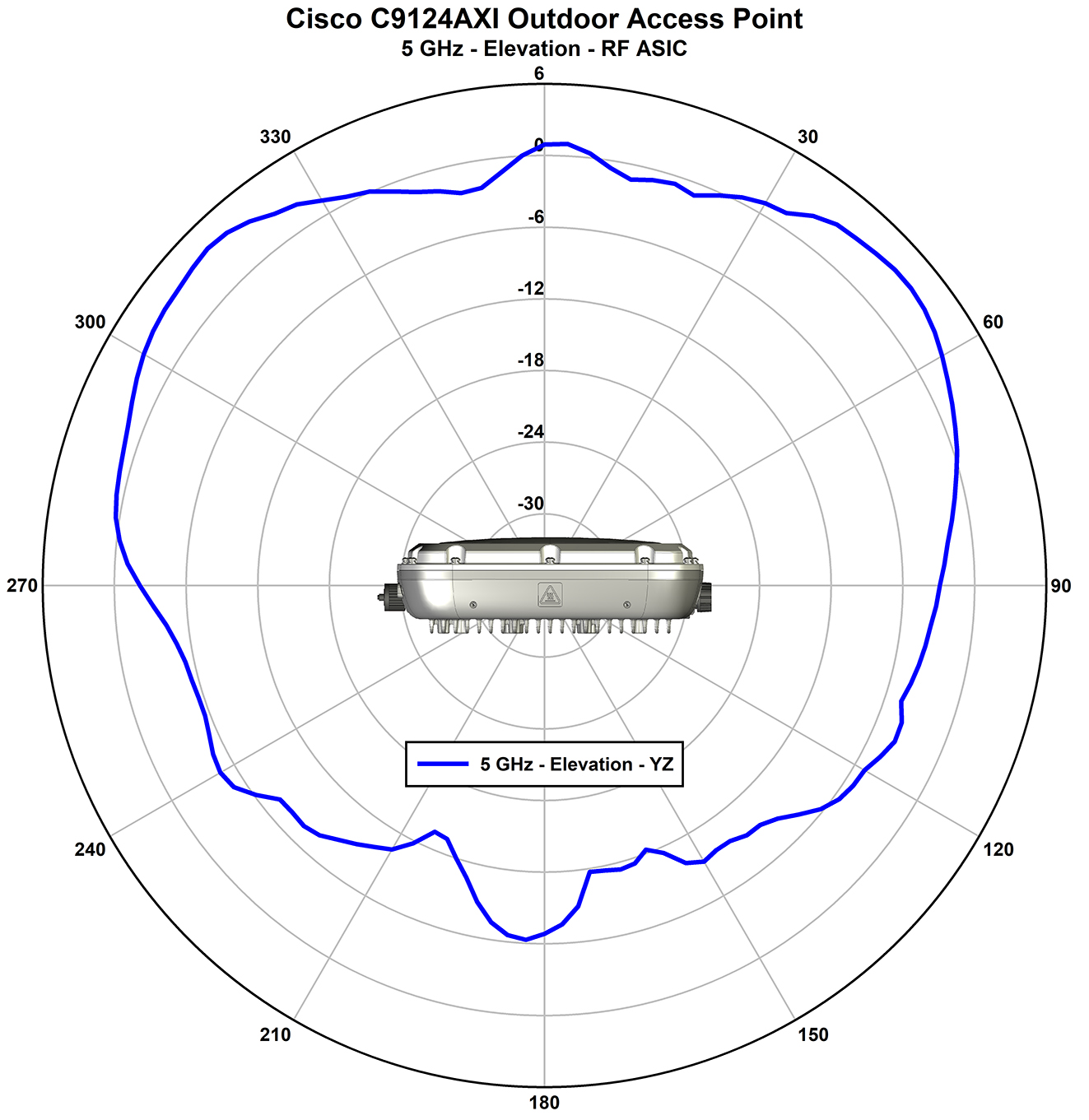



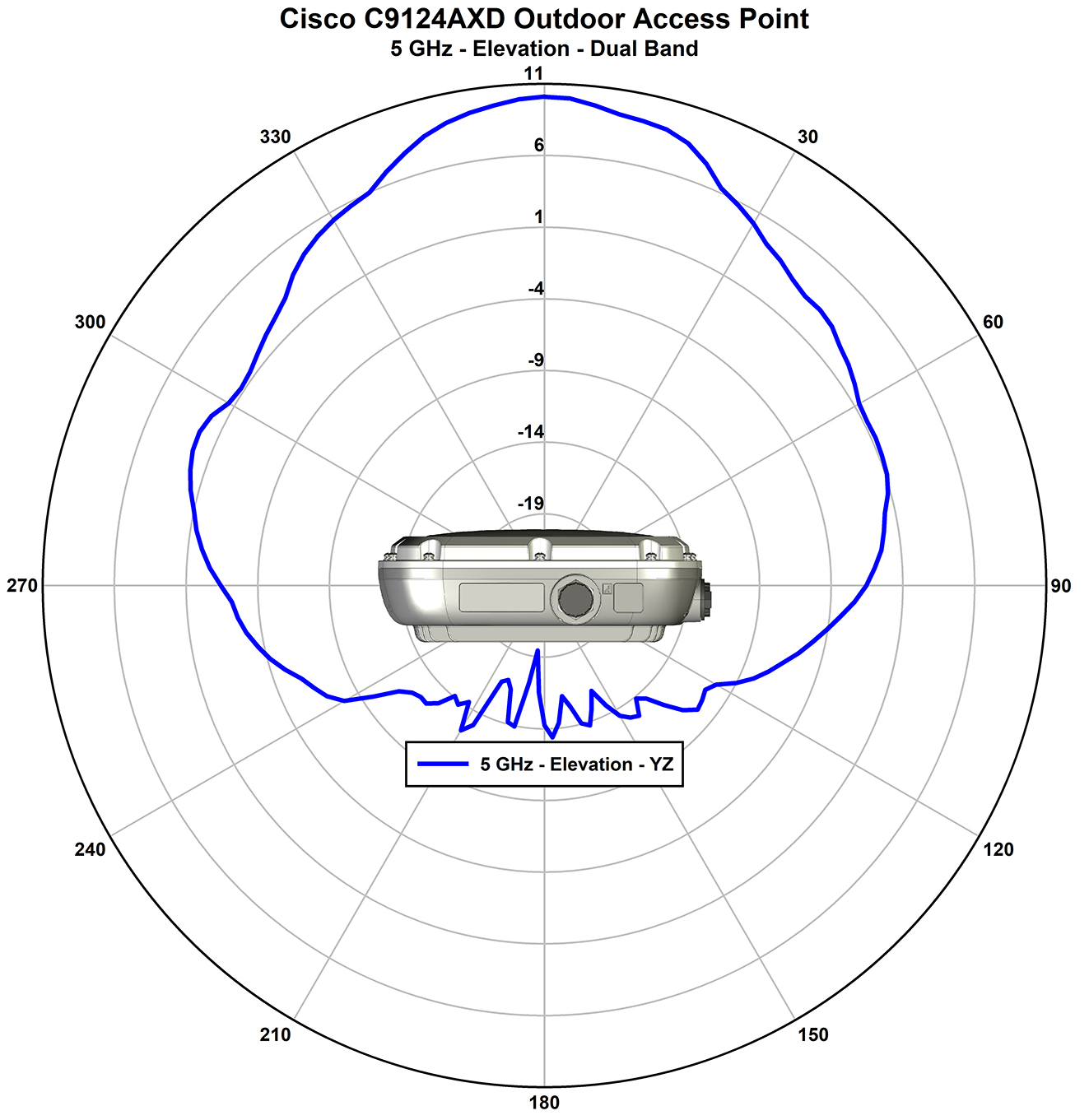
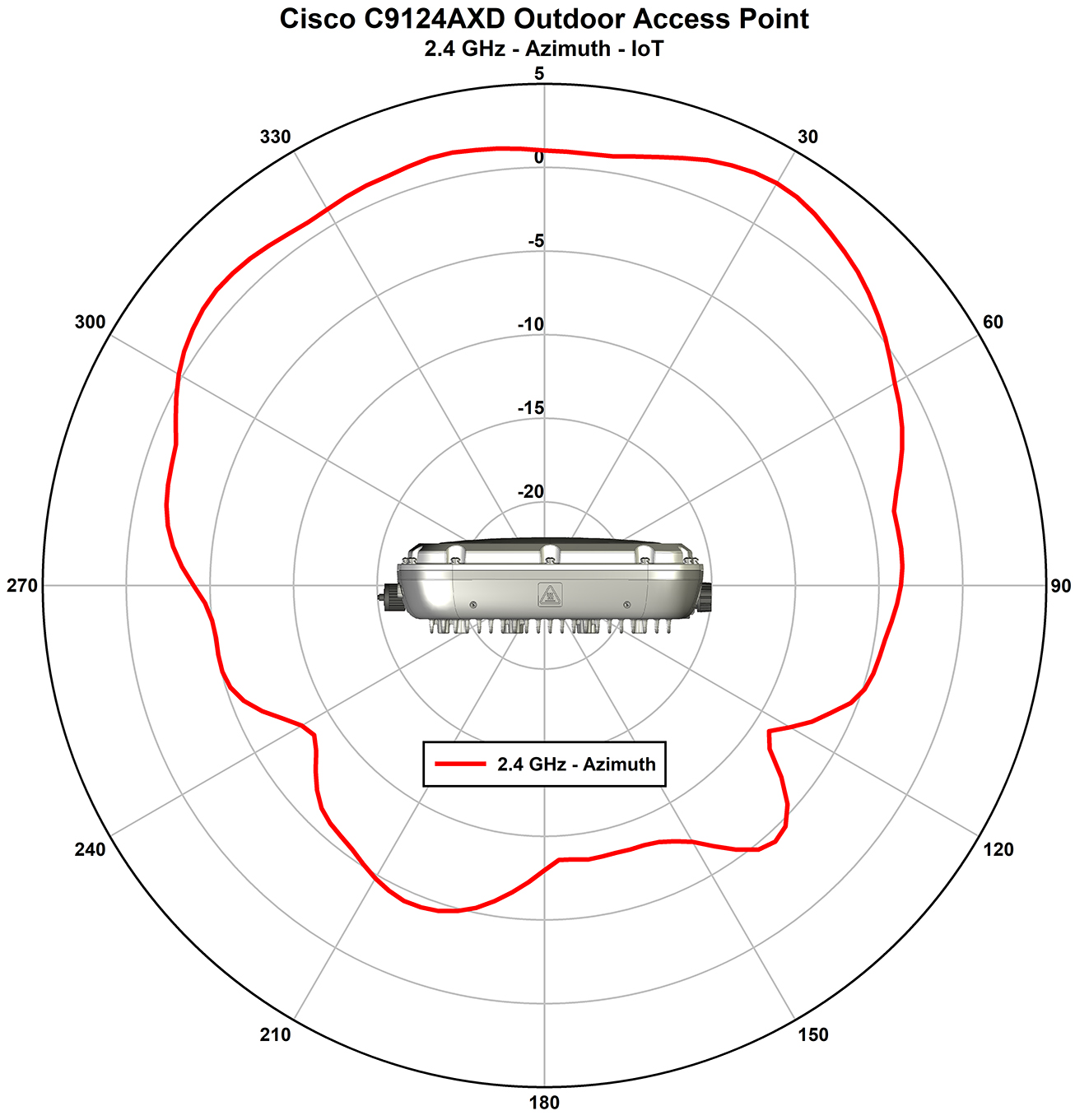
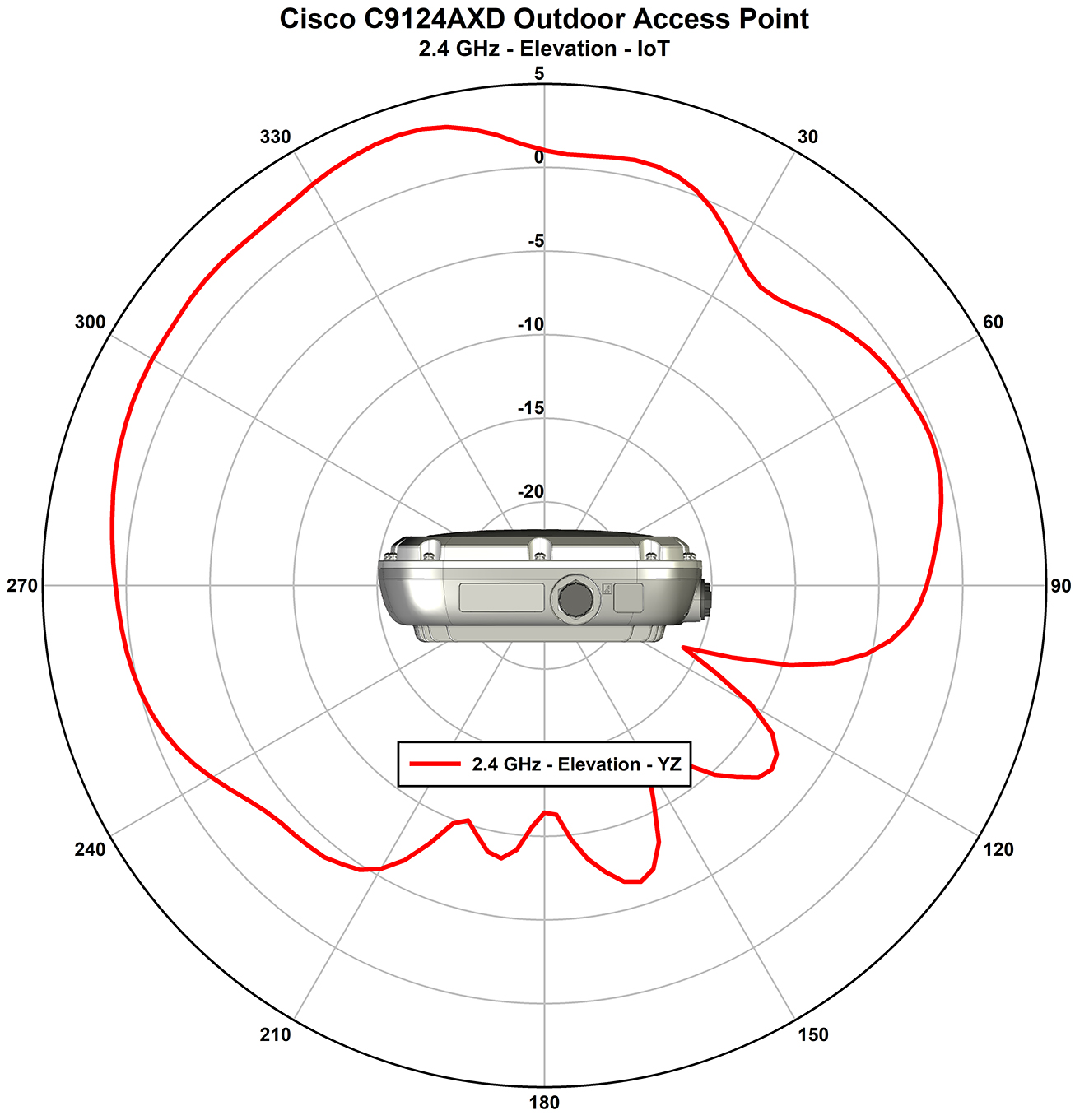
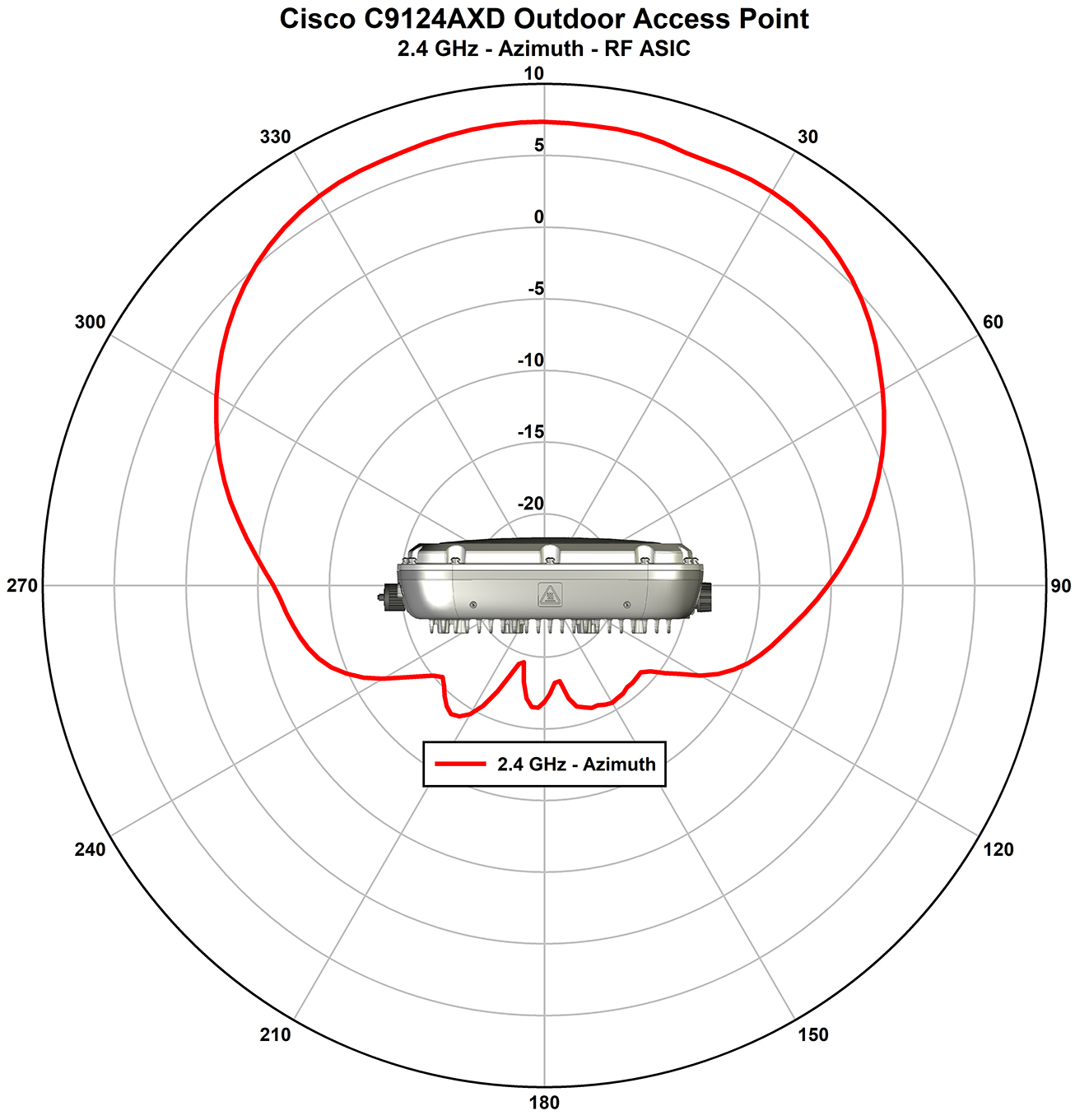



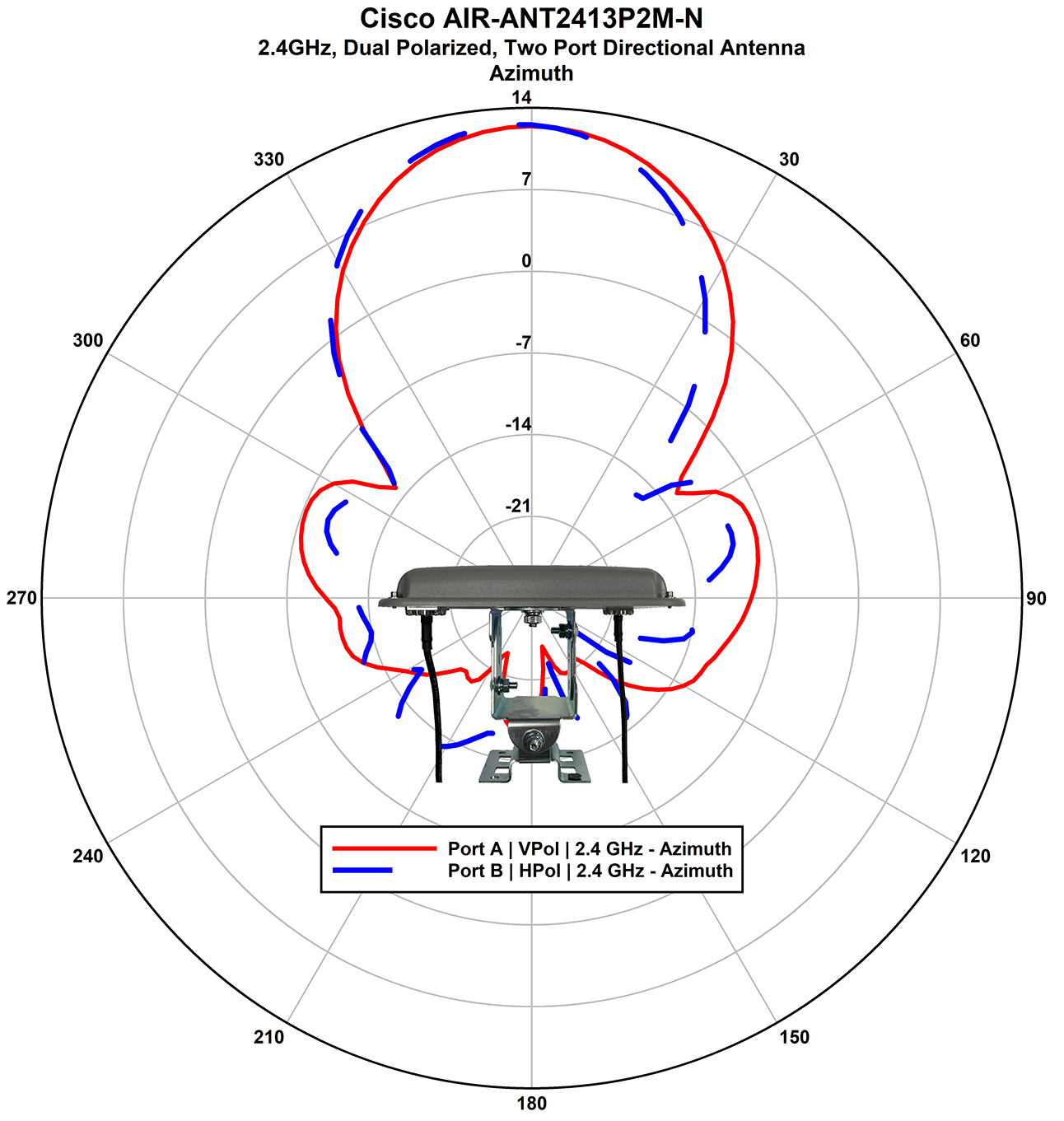
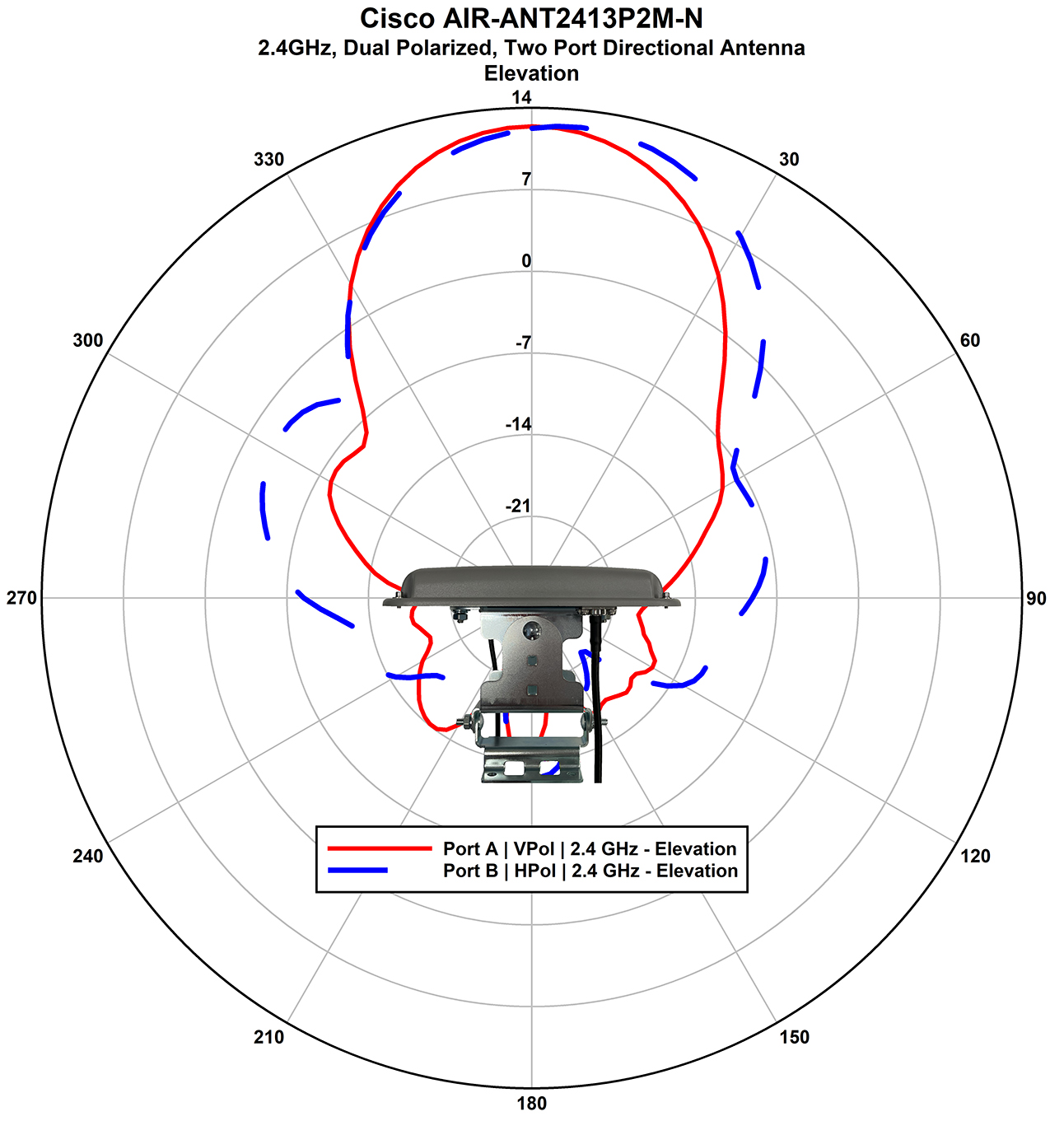

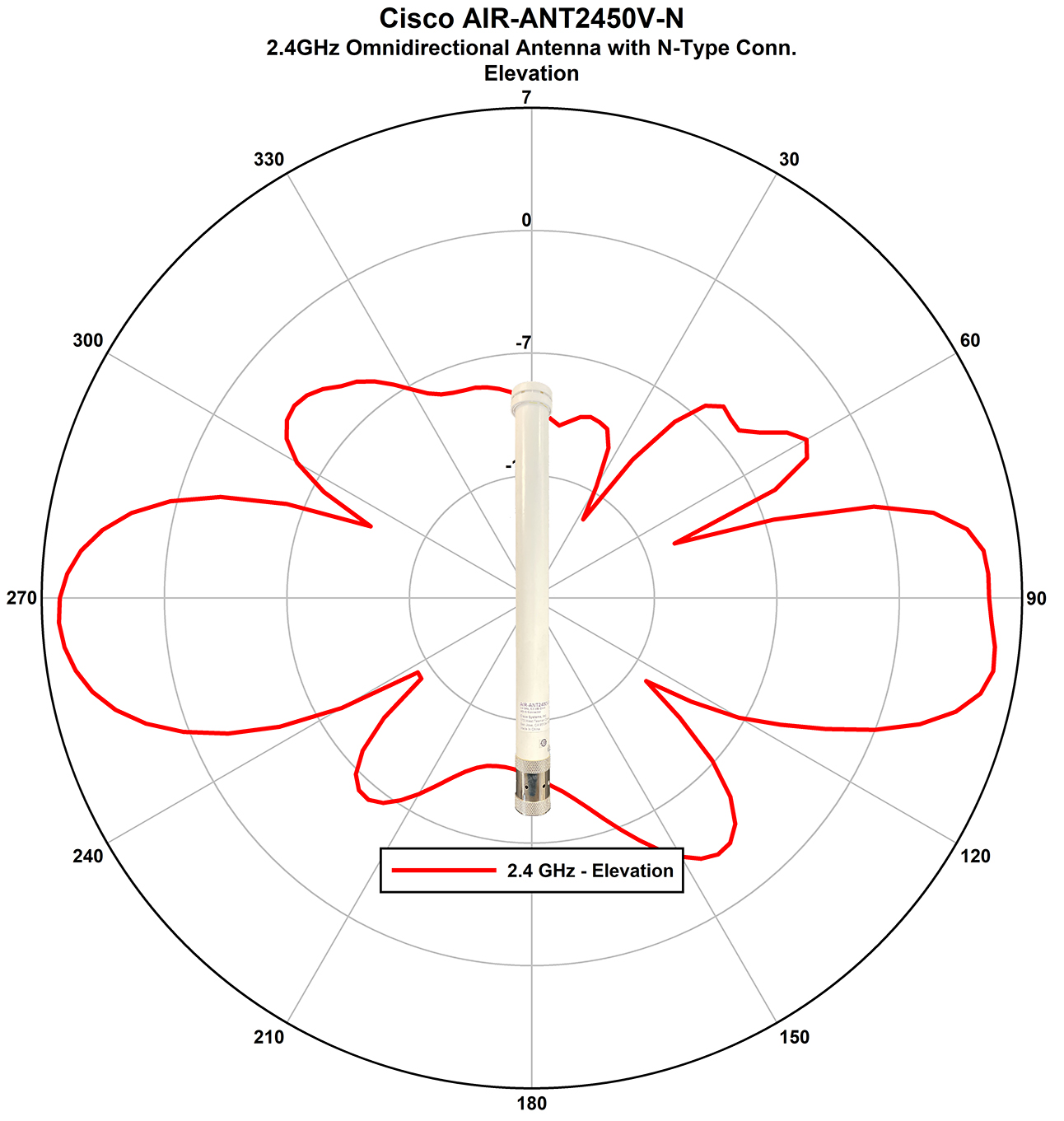

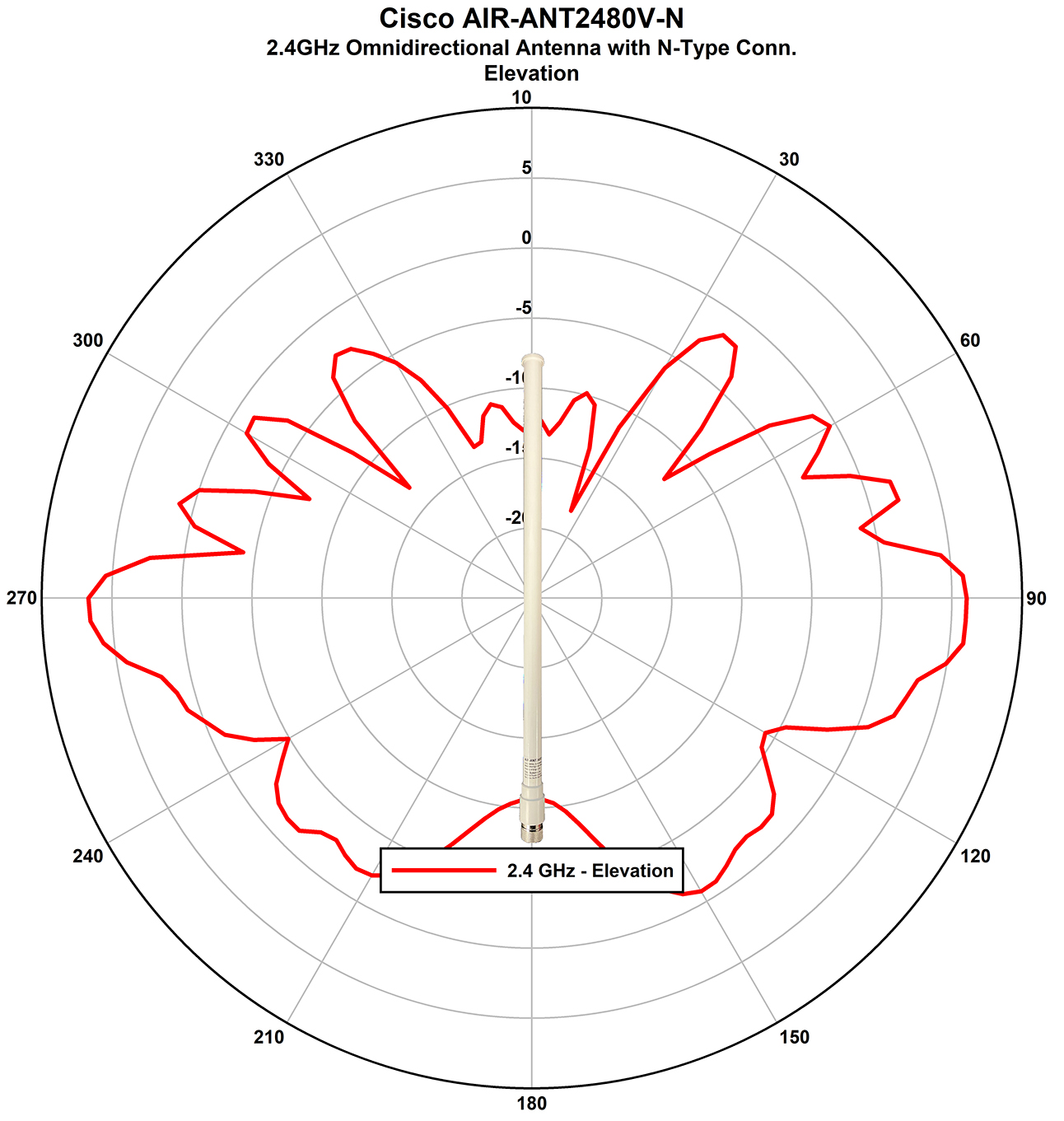
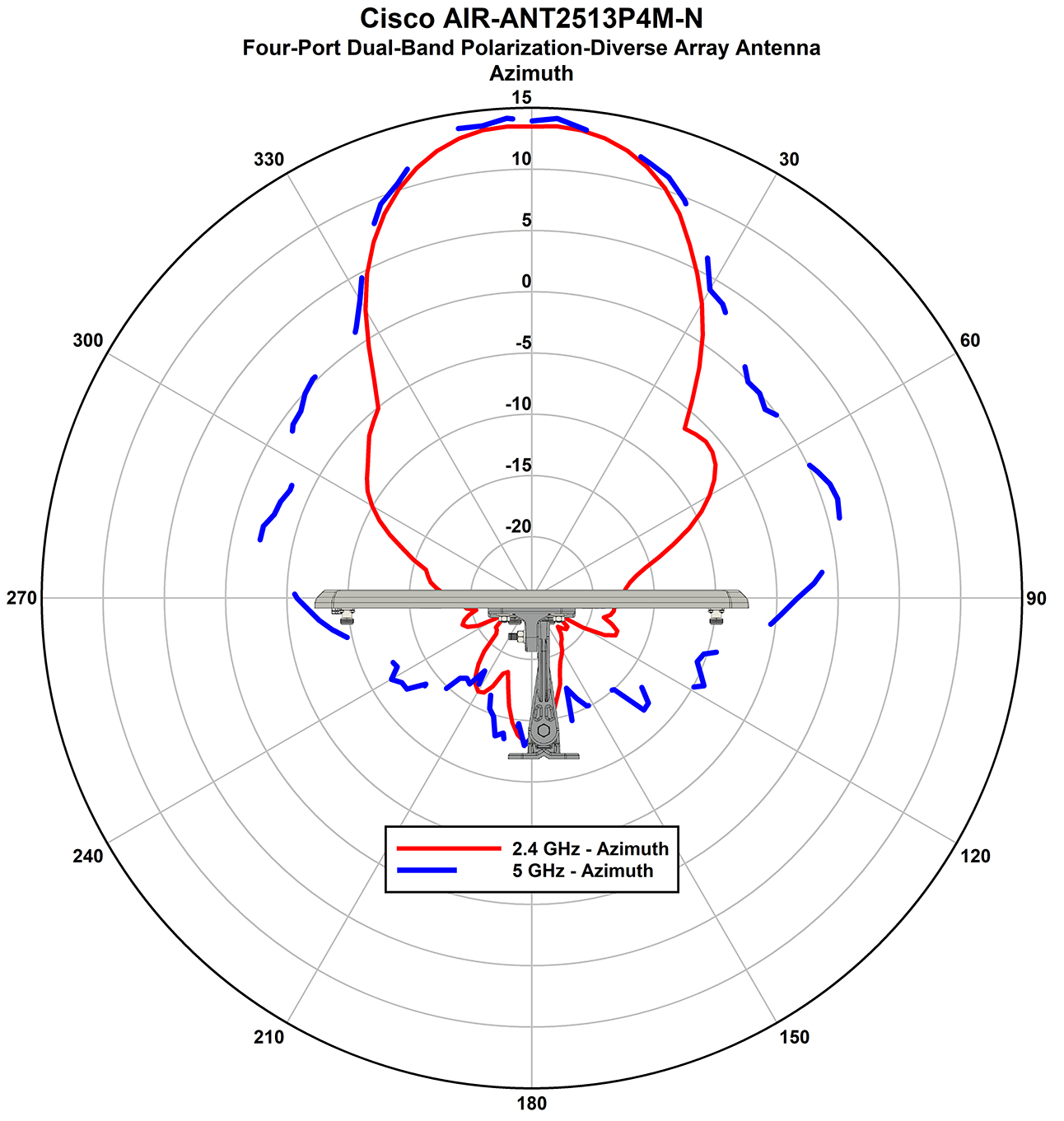
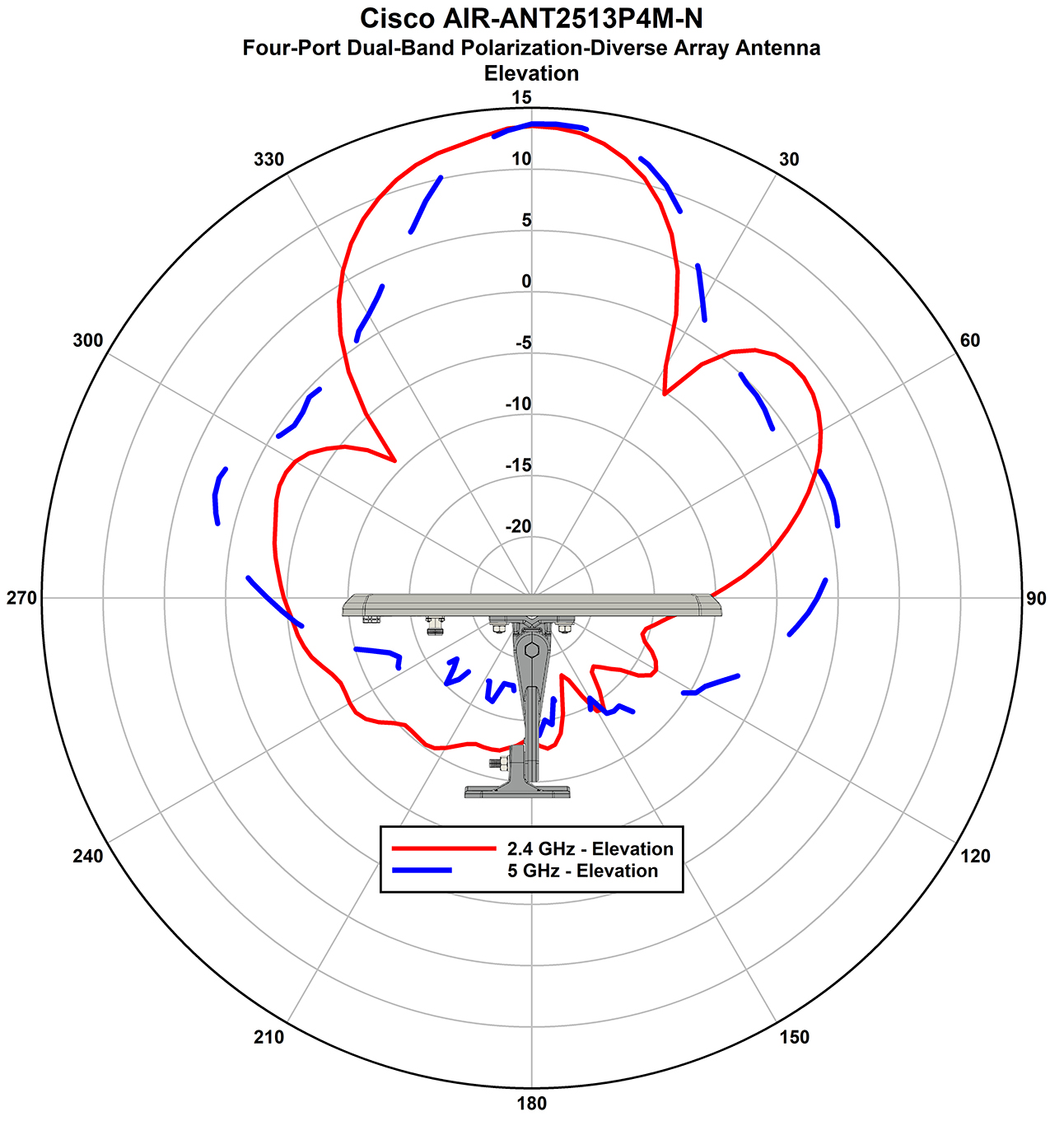
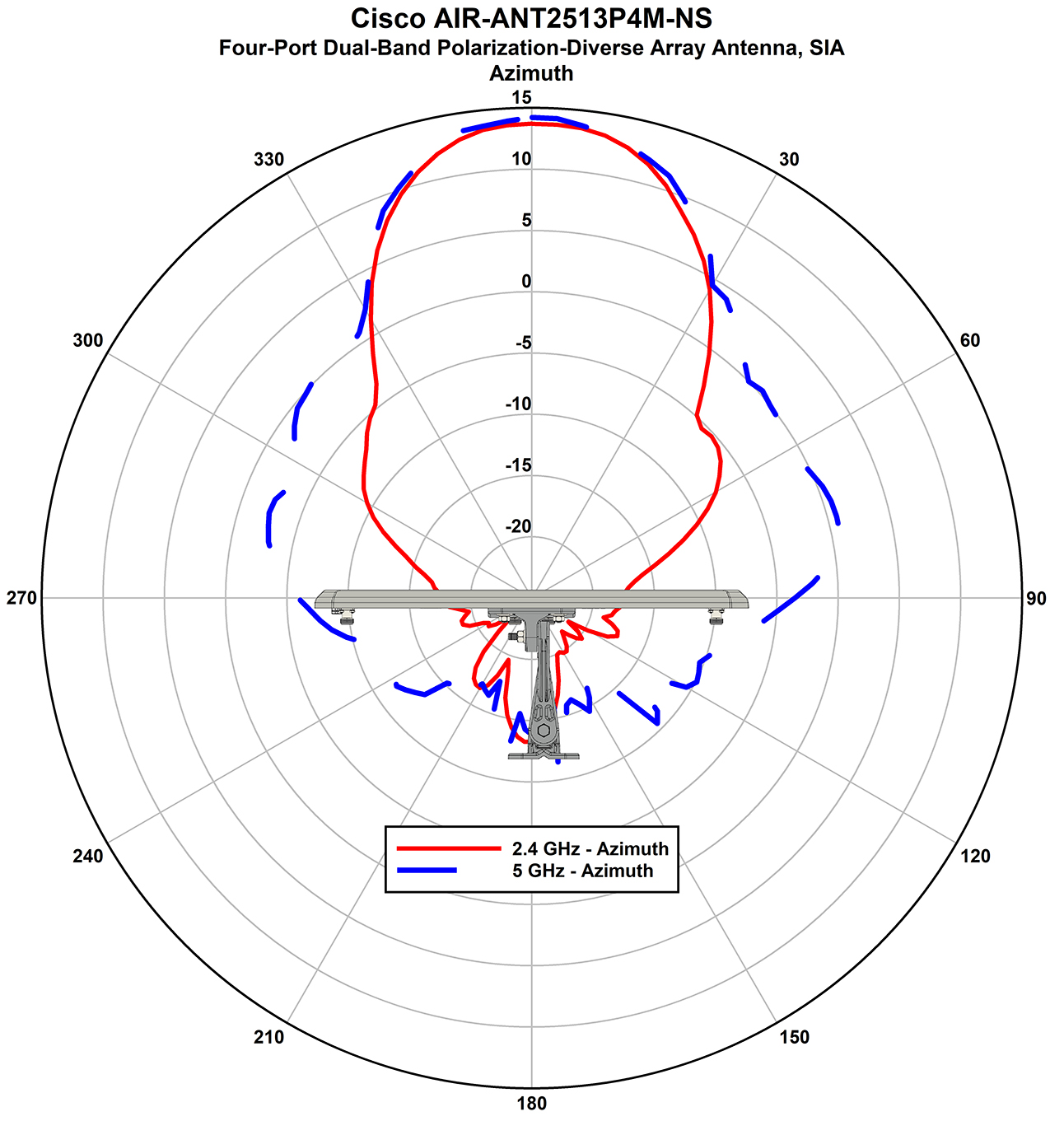
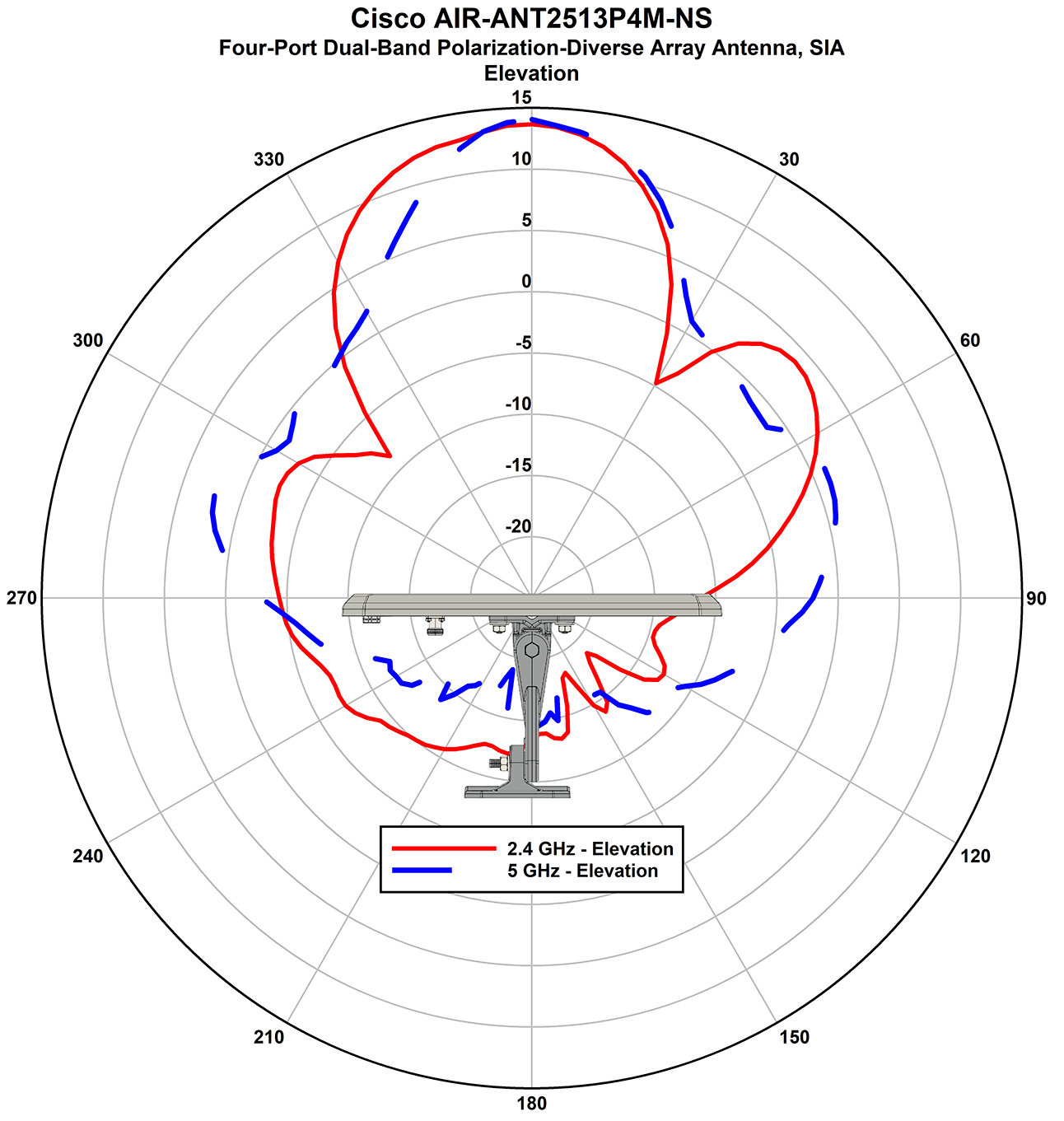
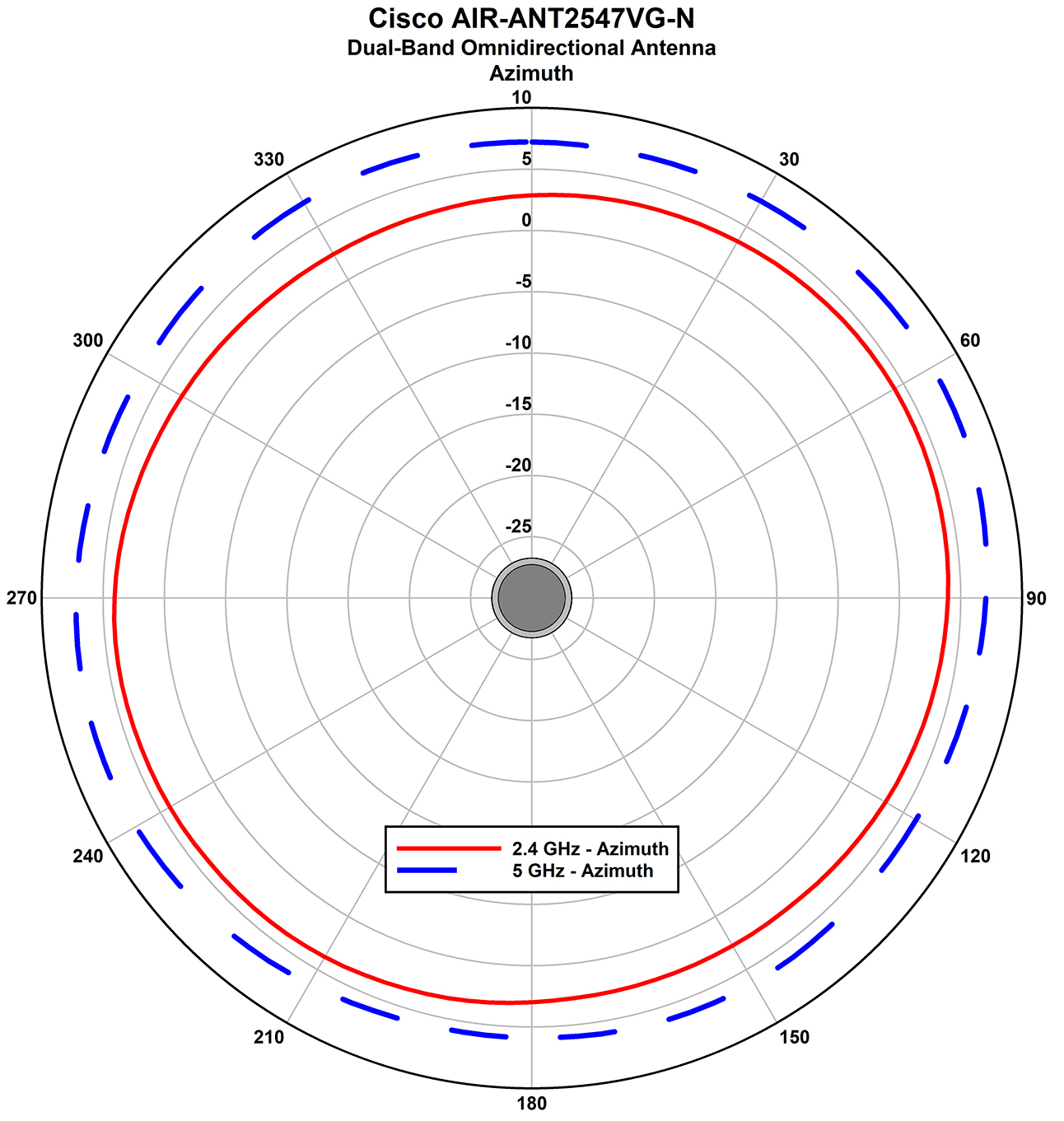



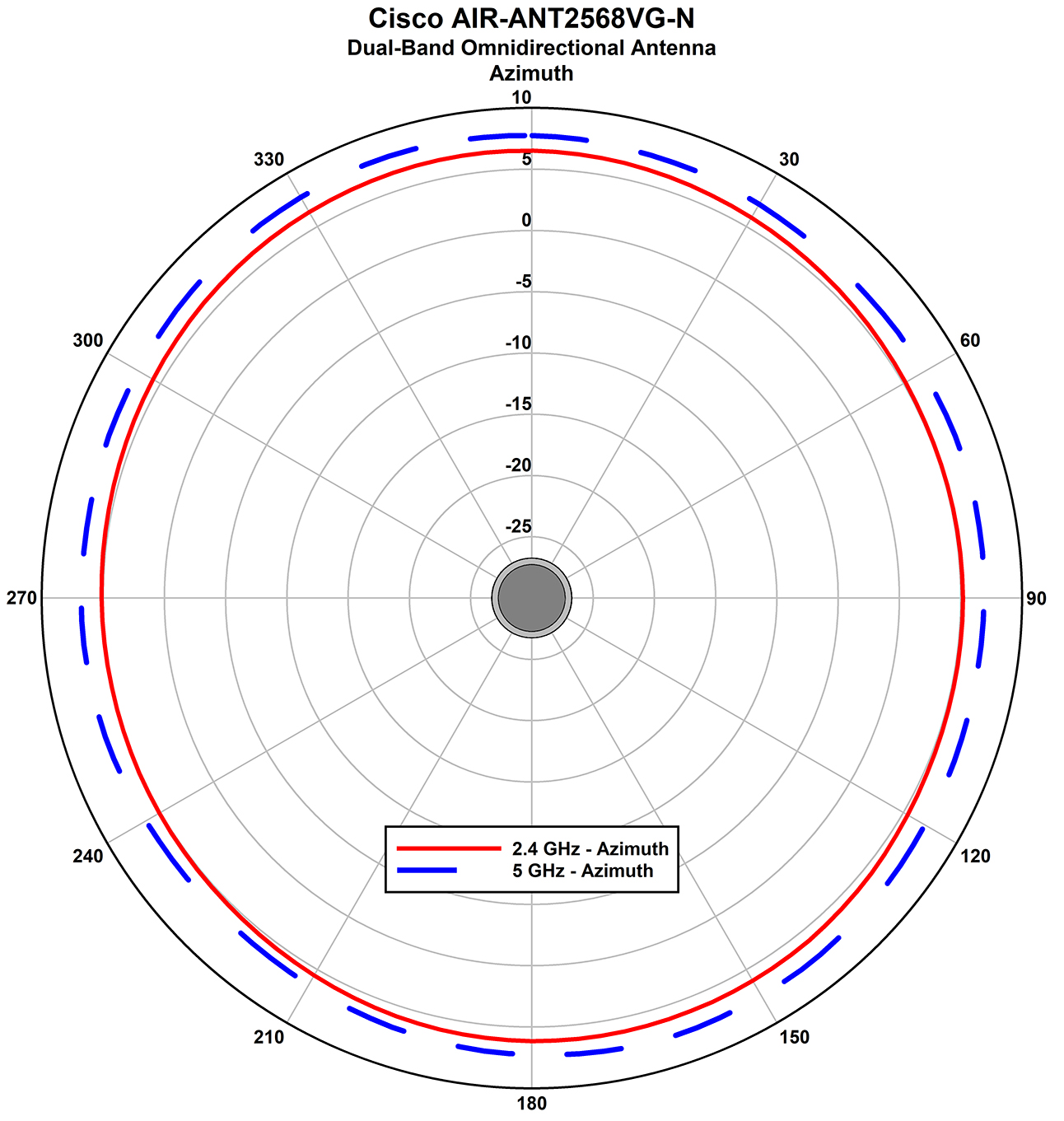
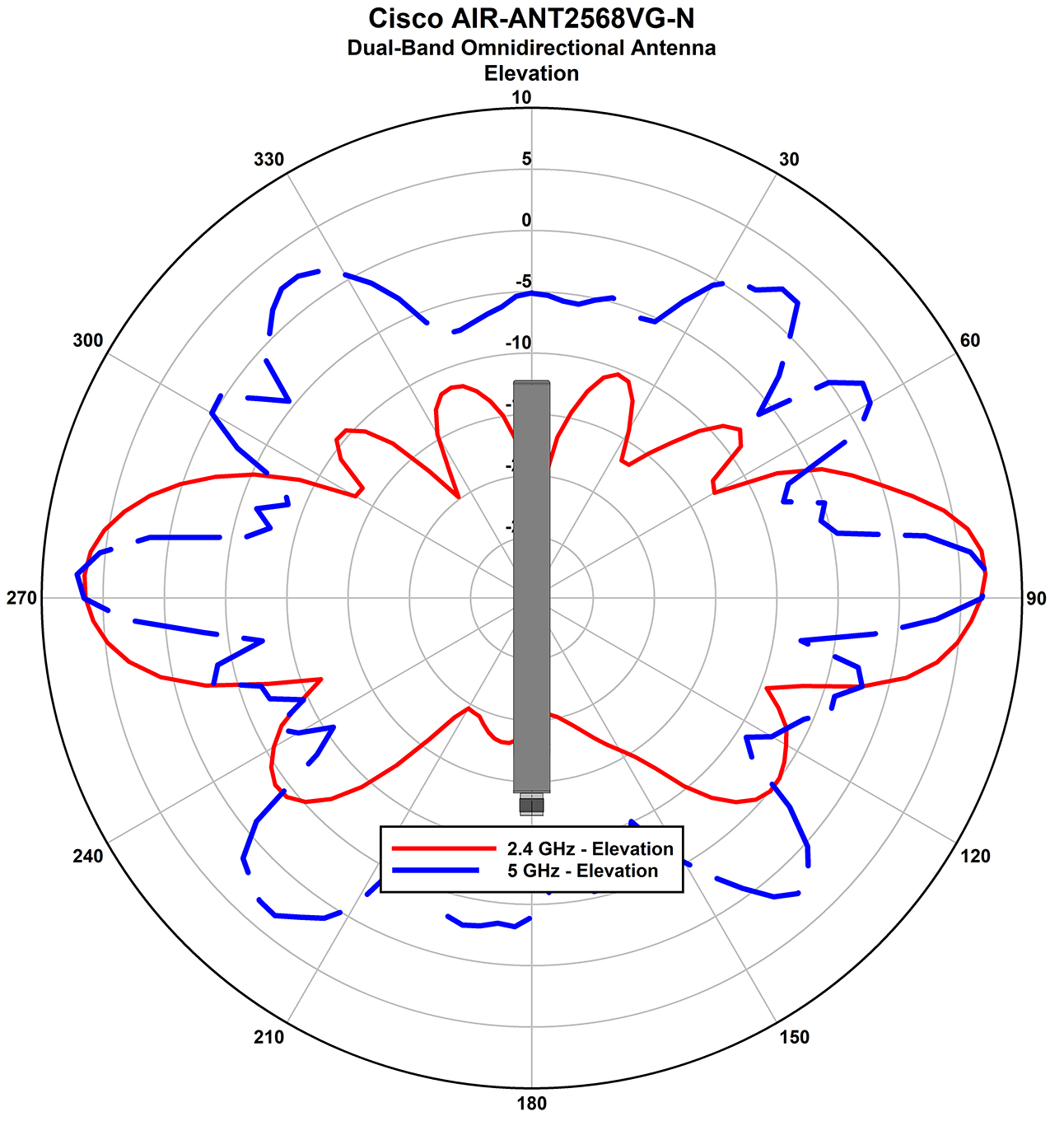
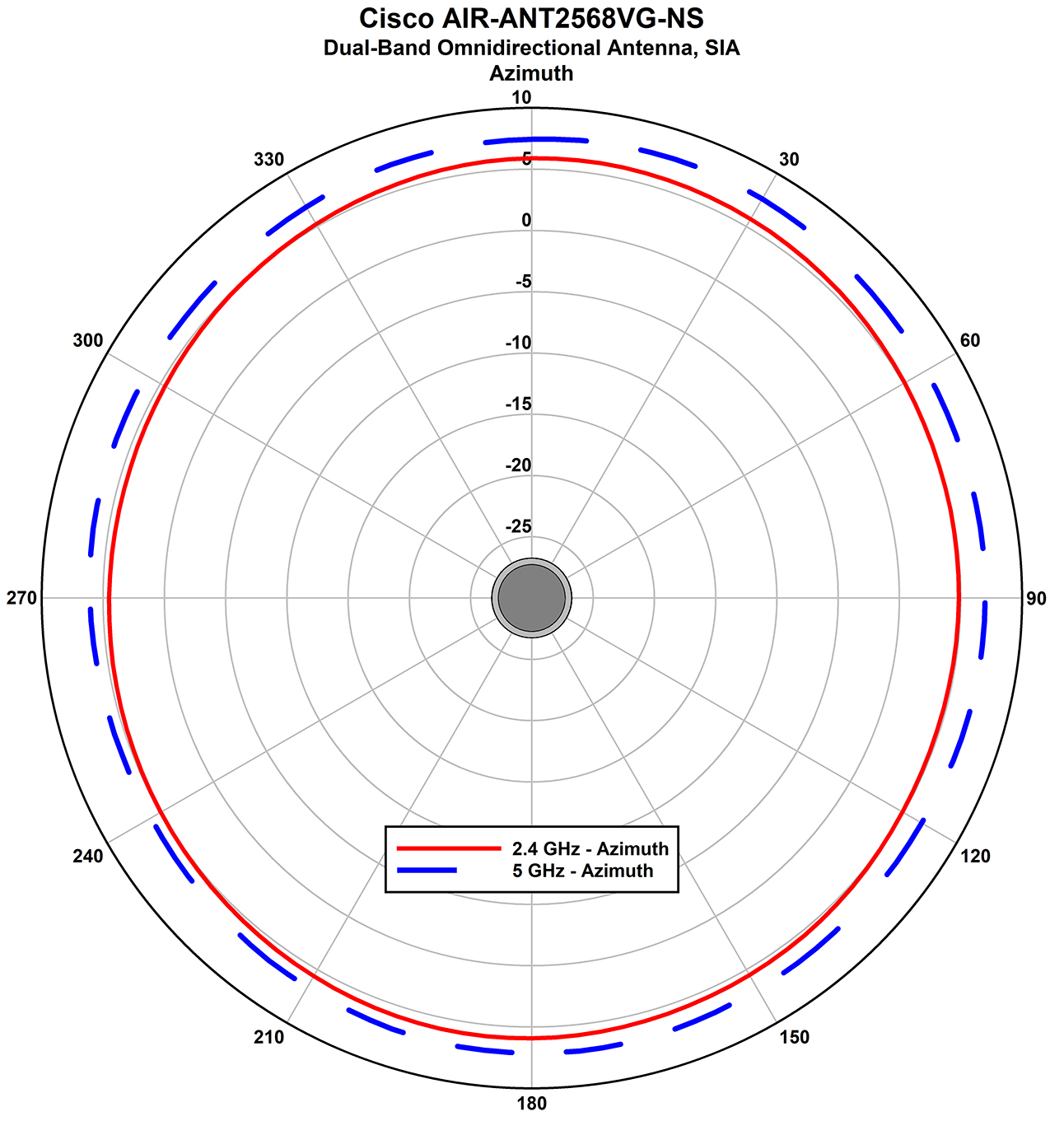
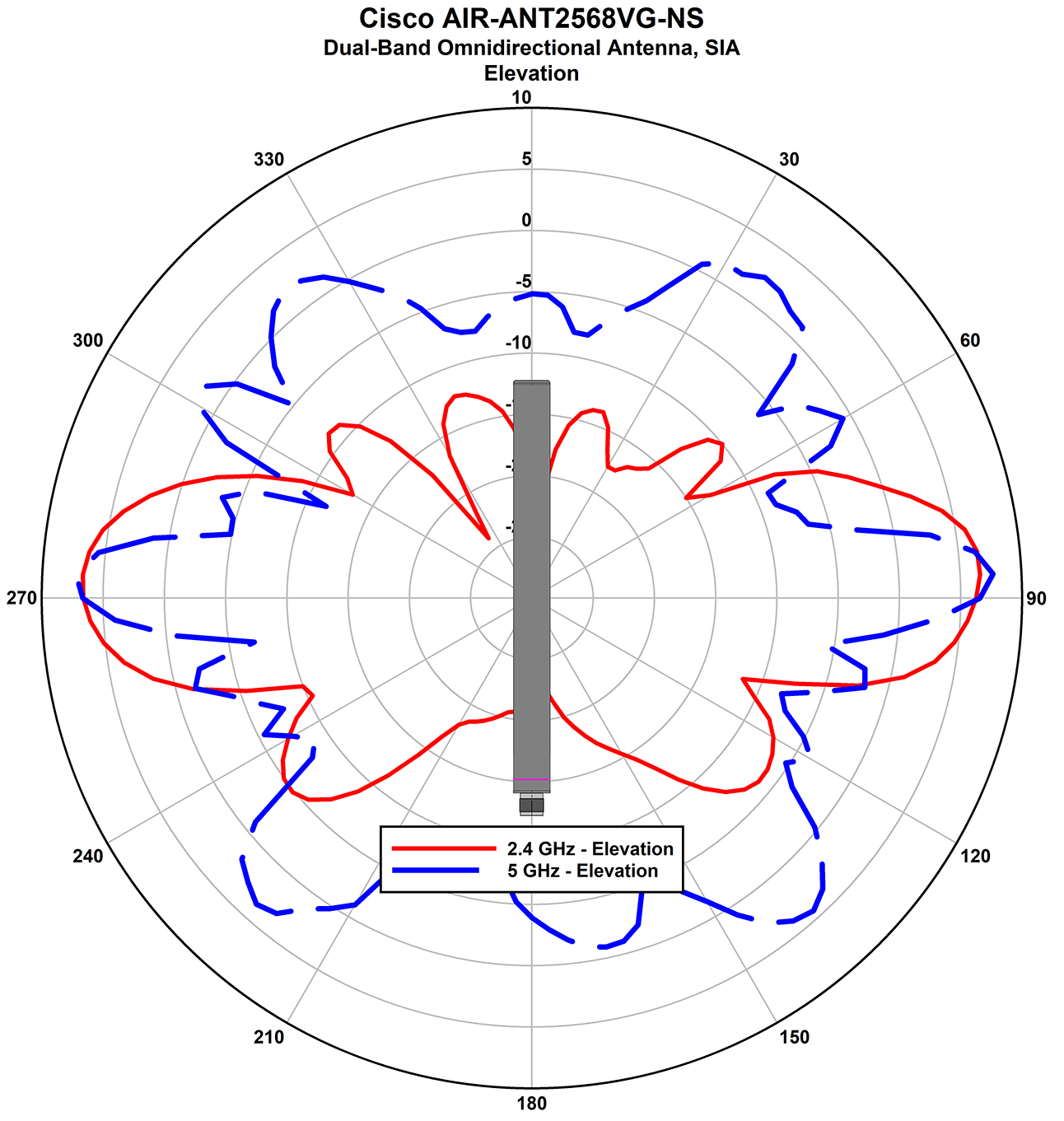
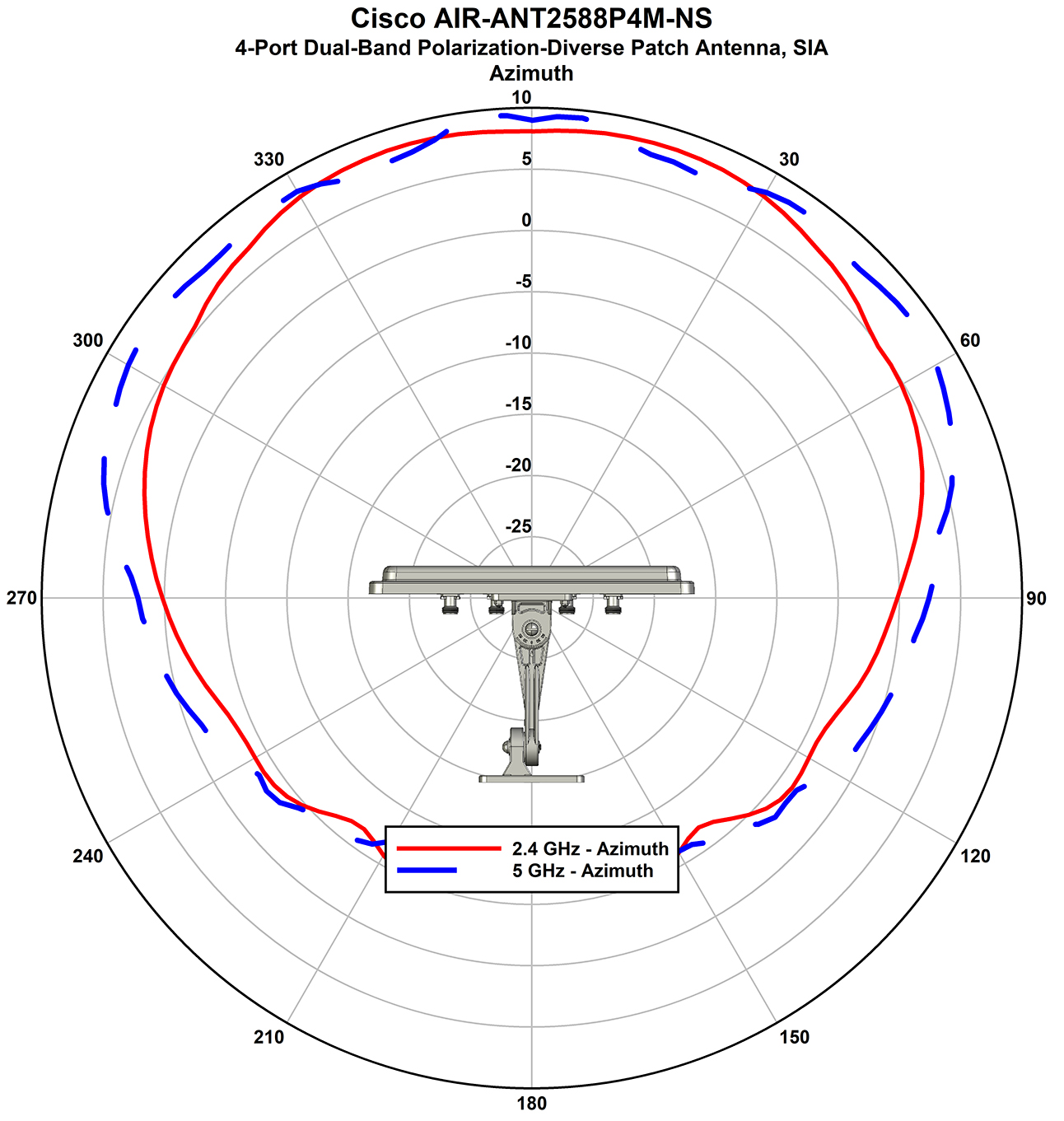





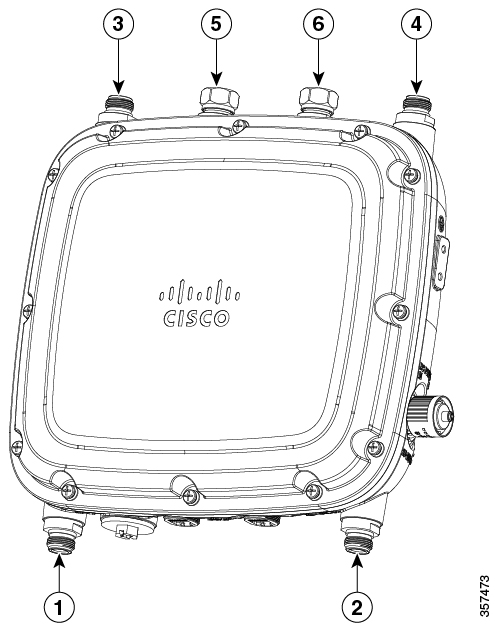


 Feedback
Feedback